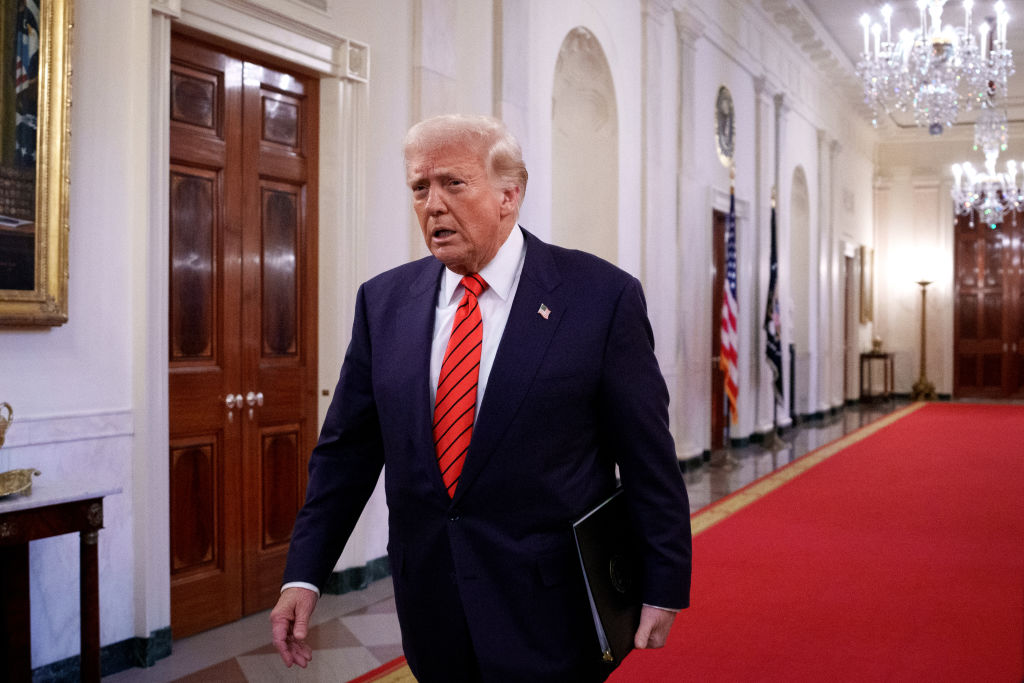Last week, a federal judge in Washington, DC, issued a temporary restraining order to stop Donald Trump’s firing of thousands of employees at the United States Agency for International Development (USAID). The judge was appointed by . . . Trump. I’ve already written about the very real possibility that Trump’s judges may rule against Trump; they did this, after all, repeatedly during his first term. And they’re doing it again, in his second term.
But I want to address here a different, more troubling issue.
In their lawsuit against Trump’s gutting of USAID, the unions that brought suit claimed that Trump had exceeded his legal and constitutional authority by firing thousands of employees. “Not a single one of defendants’ actions to dismantle U.S.A.I.D. were taken pursuant to congressional authorization,” the unions claimed. “And pursuant to federal statute, Congress is the only entity that may lawfully dismantle the agency.”
In the judicial hearing over the suit, Trump’s lawyers defended Trump’s position thus: “To be sure, it’s a large number of individuals” being fired. “But it is still a personnel action.” Being strictly a personnel action within the executive branch, mass firing is within Trump’s power.
If we step back from the immediate conflict and view these conflicting claims of the unions and Trump in historical perspective, we can see that Trump has brought to light a position that has underwritten many repressive moments in America’s past, often with the collusion of the most liberal of people.
One of the most important — but now forgotten — cases of the McCarthy era, or the Second Red Scare as it’s often called, was Bailey v. Richardson. Dorothy Bailey, who was black, worked for the United States Employment Service.
Under Harry S. Truman’s Executive Order 9835 (hear that: executive order), she was hauled before a Loyalty Review Board, where she was asked the following question:…
Auteur: Corey Robin

